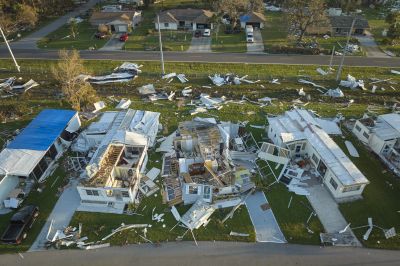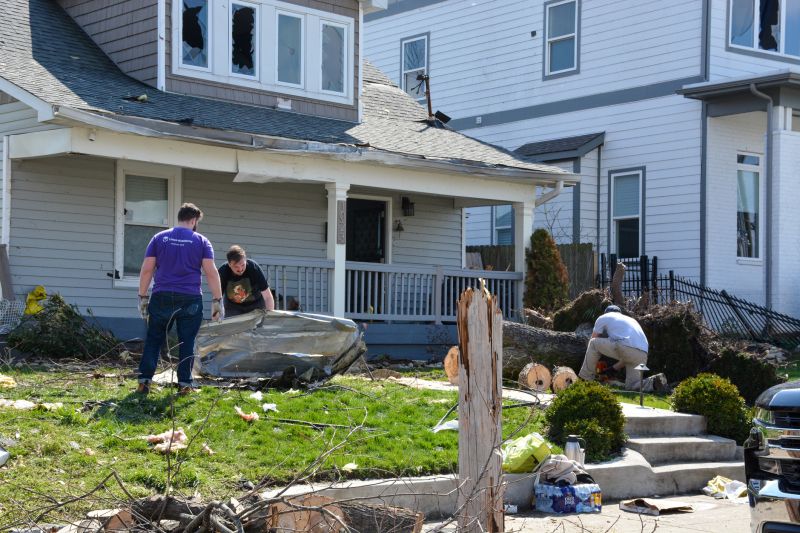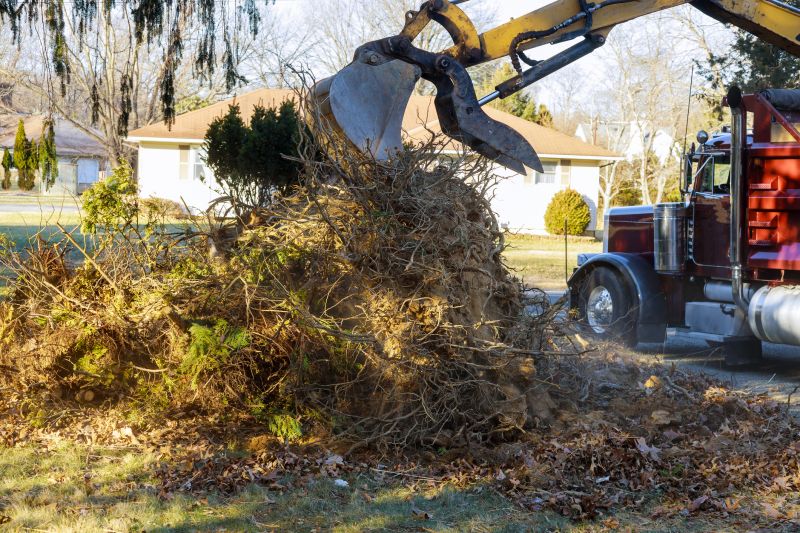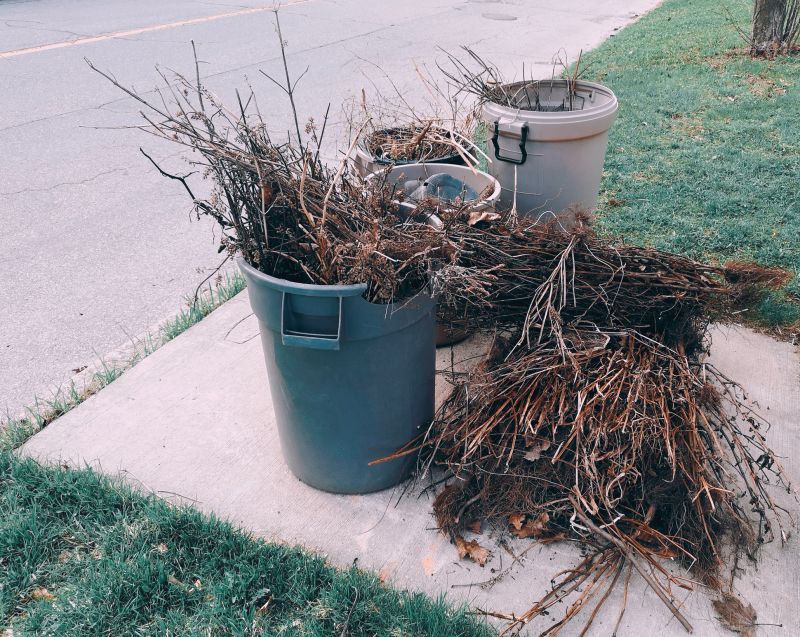Optimal Timing for Storm Debris Cleanup
Storm debris cleanups are most effective when performed promptly after severe weather events. Timing can influence the safety, efficiency, and cost of the cleanup process. Typically, immediate action is recommended following storms to prevent accumulation and potential hazards.
Conducting debris removal immediately after a storm reduces the risk of further damage and prevents debris from becoming a hazard for residents and property.
Storm debris cleanup is often scheduled during the late fall and early winter when storm activity peaks in many regions, but response timing depends on local weather patterns.
Dry and calm weather conditions facilitate safer and more efficient debris removal operations, minimizing delays caused by rain or wind.
Regular inspections and pre-storm preparations can help identify potential hazards, enabling quicker response when storms occur.

Ways to make Storm Debris Cleanups work in tight or awkward layouts.

Popular materials for Storm Debris Cleanups and why they hold up over time.

Simple add-ons that improve Storm Debris Cleanups without blowing the budget.

High-end options that actually feel worth it for Storm Debris Cleanups.

Finishes and colors that play nicely with Storm Debris Cleanups.

Little measurements that prevent headaches on Storm Debris Cleanups day.
| Timing Aspect | Details |
|---|---|
| Immediate Response | Recommended within 24-48 hours post-storm to prevent hazards. |
| Seasonal Timing | Peak storm seasons often dictate the best periods for cleanup. |
| Weather Conditions | Dry, calm days are ideal for debris removal operations. |
| Preparedness Measures | Regular inspections help identify potential hazards early. |
| Community Readiness | Coordinated efforts during favorable weather improve safety and efficiency. |
Storm debris cleanup involves removing fallen branches, damaged trees, and other debris resulting from severe weather. Proper timing ensures safety for workers and minimizes disruption to communities. Delays in cleanup can lead to increased costs and hazards, including blocked roads and fallen power lines.
Statistics indicate that performing debris removal within the first 48 hours after a storm reduces the risk of accidents by a significant margin. Additionally, timely cleanup helps restore normalcy more quickly for affected areas, preventing secondary issues such as pest infestations or water drainage problems.

A 60-second routine that keeps Storm Debris Cleanups looking new.

A frequent mistake in Storm Debris Cleanups and how to dodge it.

Small tweaks to make Storm Debris Cleanups safer and easier to use.

Lower-waste or water-saving choices for Storm Debris Cleanups.

The short, realistic tool list for quality Storm Debris Cleanups.

Rough timing from prep to clean-up for Storm Debris Cleanups.
Interested in storm debris cleanup services? Filling out a contact form can help schedule timely and efficient debris removal tailored to specific needs. Prompt action can prevent secondary hazards and restore safety and accessibility to affected areas.
